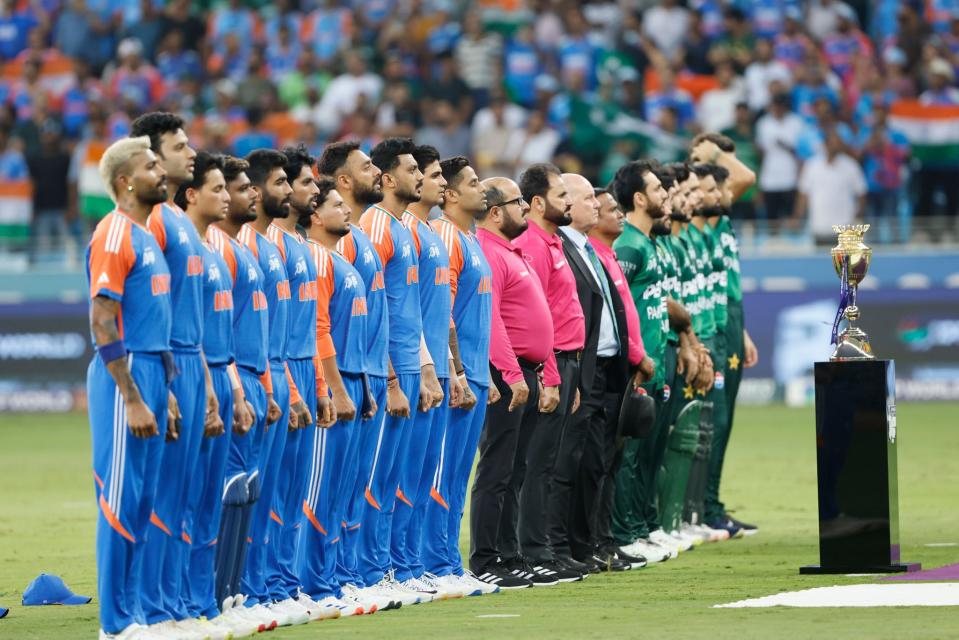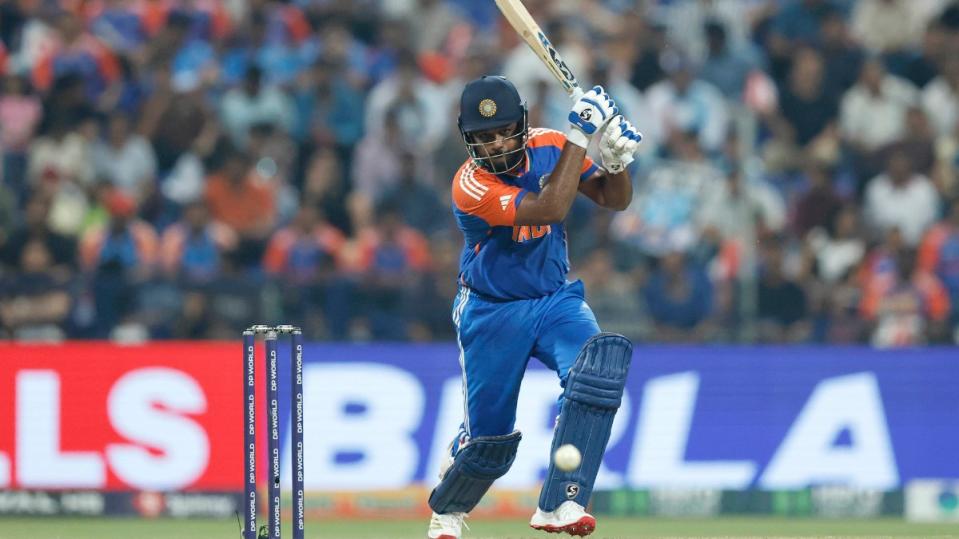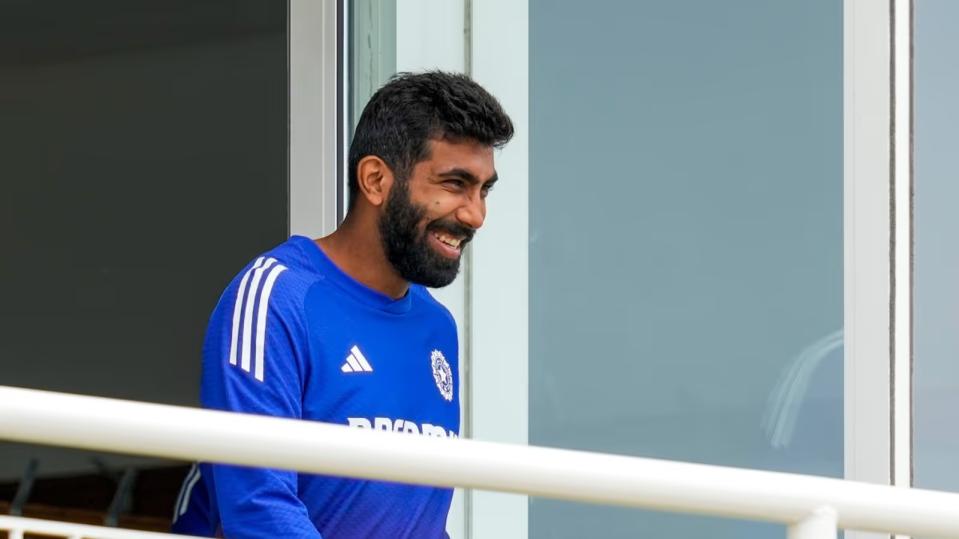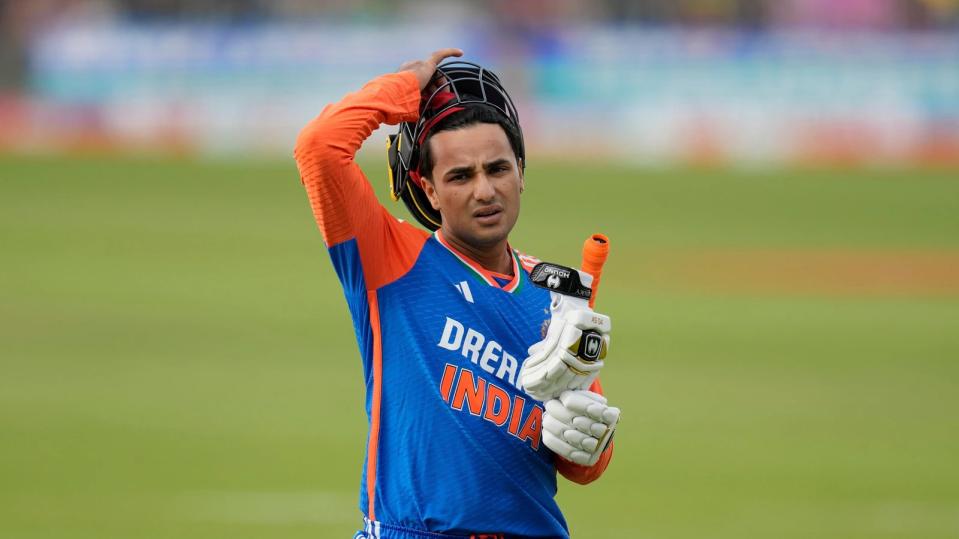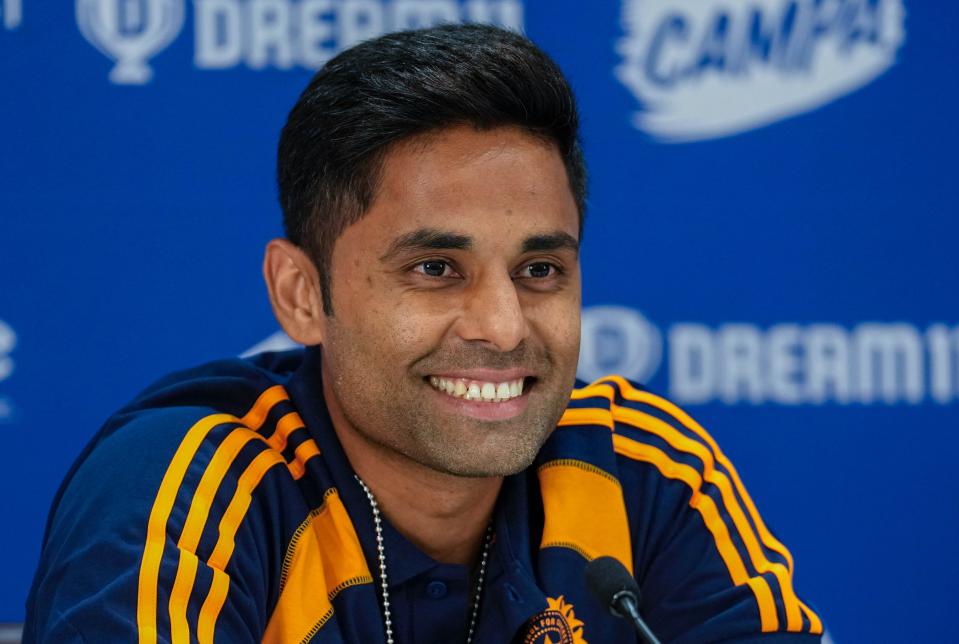Osman Samiuddin pays tribute to West Indies batsman Shivnarine Chanderpaul after the West Indies batsman announced his retirement.
By and large cricket is pretty open-minded about the physicality of the people it allows to become proficient at it. It used to be far more and in future it will be far less. Not everyone will have to be buff, but a base degree of the rippling athleticism that is the hallmark of other sports, it is sensible to predict, will become a prerequisite.
Scouts will look for signs that a kid has power and force. Fast bowlers have always needed it; ever more batsmen need to be stronger, even with bats packed with greater force. If the timing and angle are right, you will still hit boundaries with a wooden paddle but it will no longer be enough. Bludgeonry is looking mandatory.
In which case remember Shivnarine Chanderpaul, who this weekend informed the West Indies Cricket Board (WICB) by email that he was no longer available for selection. Presumably he had the email ready and typed up for a while, but just now hit 'send': his last Test was in May 2015, a little over 21 years after is first.
His last two series, against good attacks, were poor but it would take some argument to convince anyone that he does not make the West Indies batting order substantially better than it is currently.
The thing about Chanderpaul was not just that he was small but that he looked so frail. Helmet, gloves, pads, shirt, pyjamas; every piece of apparel looked the wrong size on him, so that he could often cut a Chaplin-esque figure at the crease (an intermittent wisp of a moustache did nothing to kill that impression). Chanderpaul could wear a nine-year-old girl's leotard and still look as if he was wearing a potato sack.
Osman's talking points: Irony of Tait's international return; Powell turns to baseball
In an exquisite 2014 profile of Chanderpaul in The Cricket Monthly, Chanderpaul's father Khemraj tells Rahul Bhattacharya of a challenge he once put the boy Shiv through. He found an older club fast bowler to bowl at Shiv. If he hit him, Khemraj convinced him it would be on him, the guilt and medical expense. "[Right, so] cricket don't have little and small," Khemraj said.
It don't, and Chanderpaul was endearing confirmation of this. In the same piece a family friend recalls Chanderpaul, not yet 16, half-sweeping, half-pulling a Guyanese fast bowler, on his knees.
There is unlikely to be any video evidence of that stroke but 21 years of watching Chanderpaul should make it clear to everyone that the likelihood of it happening and the audacity of its execution are completely within the realms of his capability.
"Dogged" may be the default adjective for Chanderpaul but it should never be overlooked how capable he was of conjuring a force entirely unexpected for a man of his size. Or, let us beat about this bush no longer, of his stance.
Wait, perhaps we should pluralise. Because the stance that Chanderpaul debuted with and the stance he ended with, and the other stances in between that make up those 21 years, were nothing like each other.
Neither were they like anything anyone anywhere had ever practiced. When he began he was bent so low it was like he was mid-collapse. Around 1997 the stance got as close as it ever would to textbook (not very, but not far either). It was in this millennium that he began his creep towards becoming completely front-on to the bowler, both feet pointing down the pitch and ready to face the square leg umpire's next delivery.
Osman Samiuddin: When is retired not retired? Masters Champions League fixing 'teething issue'
From this, beautifully, he created sharp un-doggedness. The 69-ball Test hundred against Australia was a peak busting of batting myths, but it was part of a range.
Sometimes his 38-ball 50 (71 off 68 eventually) in Sydney, against Glenn McGrath, Shane Warne and Jason Gillespie gets overlooked but it was an early message, telling us not to be deceived by his presence, or let that distract from the conventionality of his actual strokeplay.
Because if you overlooked stance and size you understood that once the ball was flung, he would get himself into just the right position. It was a transformation as sudden, even magical, in its own way as Brian Lara's jumping feet and high backlift exploding into a shot that made complete sense.
However he stood, or whatever his size, it aided him in once hitting Chaminda Vaas, expert death bowler that he was, for a four and a six off the last balls of the game to win it. Maybe Vaas missed the ideal length both times, but only by centimetres; Chanderpaul missed nothing, uniquely, nay, ideally positioned to pull off one of the great finishes. And it was no dream when he reverse-swept Daniel Vettori for six.
And then, when he wanted, he would come out and bat like we were still playing timeless Tests. It was exactly the point that he could. He needed 86 runs to go past Lara as his side's leading Test run-getter of all time and if he still stands in his shadow, he is big enough to not be lost within it.
Shivnarine Chanderpaul: Small in stature but a giant of West Indies cricket
Osman Samiuddin pays tribute to West Indies batsman Shivnarine Chanderpaul after the West Indies bat
Created - 6 years ago

Featured Video
